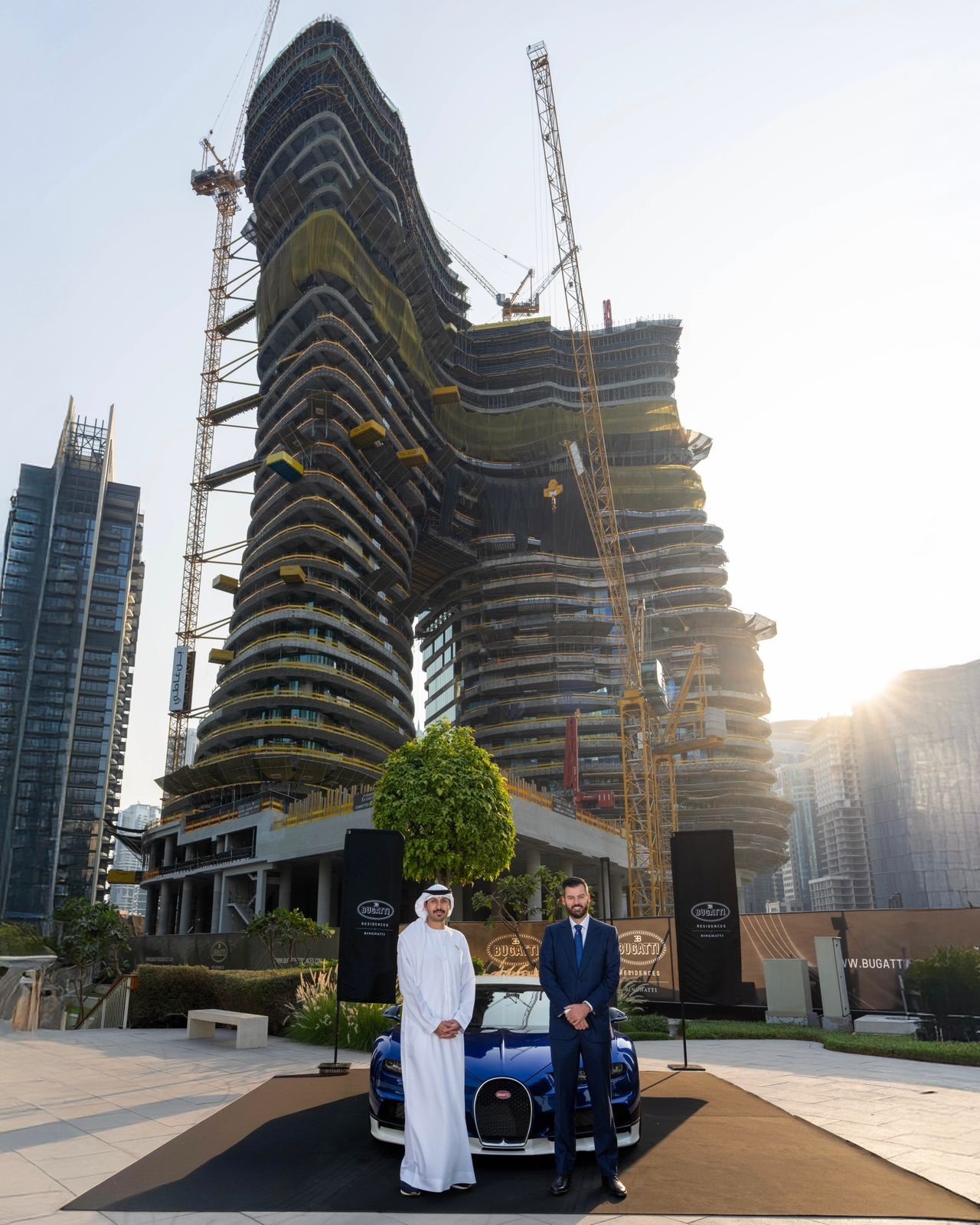Andy Warhol Returns To Madrid 35 Years Later

The exhibit “Mechanical Art” held at the Caixa Forum Museum is the most important retrospective on the artist ever held in Spain.

It was nine days that shocked the art world in Spain. The country was just beginning to unveil itself after almost four decades hidden under Franco´s rule. Andy Warhol was intrigued by La Movida, the countercultural movement that was exploding in Madrid, in which youth and artists reveled in a newfound freedom to express themselves.
It was in this context in which Warhol accepted an invitation from gallery owner Fernando Vijande to hold an exhibition in Madrid in January 1983 entitled “Revolvers, Knives and Crucifixes”. Although he didn’t sell much, Warhol left an indelible mark on an entire generation, inspiring artists such as filmmaker Pedro Almodóvar, singer Alaska and designer Agatha Ruiz de la Prada which would become the pillars of the Spanish cultural movement for years to come.

The Caixa Forum Museum Madrid is hosting “Warhol. Mechanical Art”, a retrospective of the artist´s evolution from graphic designer to Pop Art icon. Over 340 pieces are on display including paintings, sculptures, drawings, photographs, print screens, installations, books, films, billboards, magazines and objects.

There are also many elements showing his lesser-known work ranging from experimental cinema, an installation of fluctuating Silver Clouds made from metallic plastic film filled with helium, poster illustrations for Rolling Stones´ concerts, screen tests and a series of mini-interviews of brilliant characters, such as the surrealist Salvador Dalí.

Warhol was greatly inspired by the Spanish master Dalí, who was 24 years older and had already mastered the “art” of publicity by capitalizing his appeal as an artist to make TV commercials, design store windows, and sell signed blank paper. Warhol took this commercial penchant to the next level.

One of the most interesting sections of the exhibit is “Andy Warhol before Warhol” which relates the young graphic designer´s first steps in the American advertising and publishing industry in the 1950s. His designs for Harper’s Bazaar, Vogue and other fashion magazines, or the delicate Christmas cards for the Tiffany & Co. jewelry brand already revealed his artistic talent.

Perhaps it is in this initial stage in his career, in which he lent his artistic talent for commercial purposes, that would forge him to fully embrace capitalism years later at a time when many in the cultural sphere viewed it skeptically, if not with outright hostility.
He transposed capitalism´s mass-production of goods into his work, introducing the technique of mechanical art. Warhol´s rejection of “authorship” as an essential feature of authenticity, the obliteration of the “original”, would revolutionize art altogether and our relation to it.
Warhol at his worst –or best- anticipated what today is lauded as art: the artist has become a brand identity and art itself is often too easily consumed, as would be a Campbell´s can of soup, or a Brillo pad.
As it may be, Warhol said it best: “Being good in business is the most fascinating kind of art. Making money is art and working is art and good business is the best art.”
For more information visit www.caixaforum.es












